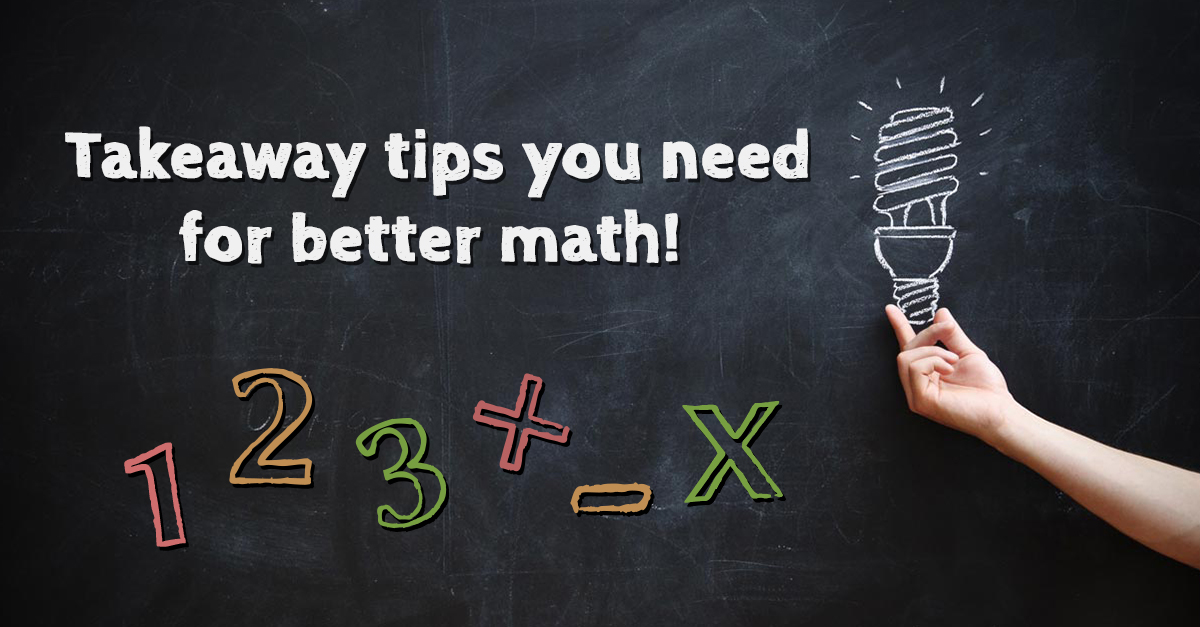
I despise the miserable look that crosses slow-working children when their faster classmates thrust down their pencils in glee just before the timer stops in a dreaded math speed-drill. It is a mixture of shame, despair, and failure.
But the speed with which one is capable of doing math has little to do with the quality of work a person can actually execute using math.
It is true that eventually it is important for students to develop the flexible and automatic usage of a vast array of mathematical skills, but equally true is applying those skills.
Like learning English
It goes without saying that students must develop a flexible and automatic usage of a vast array of English vocabulary.
Yet few native English speakers seem to think they must force their child into hours of flash cards and speed drills on the necessary vocabulary (if you ever hear such an idea suggested, RUN!).
Instead, we seem to understand that true language fluency requires context, and that memorization can only occur through the actual necessity of the vocabulary in that context.
We learn a word, because we need the word.
Yes, a child’s teacher provides vocabulary lists, but every thoughtful literacy program still only takes words that actually come from a child’s readings for the week.
The students are only memorizing what they are actually seeing, handling, and manipulating naturally already.

Think: verbs
The same is true of math. It can be viewed as a language, and the goal is fluency. The mathematical formulas are a few of the vast vocabulary required of your child. Think of them as the verbs. But to focus on the facts is to lose all the other “parts of speech” that work together to communicate.
How does a child actually best learn math?
Stanford Professor Jo Boaler says, it is by regularly using them. And how do you get them to use such skills outside of speed drills? By presenting compelling and challenging problems that require them to think through multiple ways to solve them.
There’s hope Boaler believes American schools may see a lot of improvement in this area over the next decade, as the new Common Core Standards (and thus all aligned curriculum) specifically do not emphasize rote memory. Instead, they put a much greater emphasis on flexible thinking to solve real problems. Since rote memory, flash cards, and math formulas in general can be a real challenge to our students with dyscalculia, this change in curriculum may also mean less anxiety in the classroom for students with disabilities.
Taking a little longer to learn math may just mean finishing a test a little slower, in the same way some children finish an essay a little slower, without the humiliation of failing repeated timed tests. That’s great news, and it buys parents (and children) time as they address the true causes of their child’s disability. Instead of over-focusing on the symptoms (what the child hasn’t memorized yet), we hope this change will help parents to focus more on the developmental pre-skills that will lead to better memorization. To learn the three startegies we use to help children overcome a problem learning math Click Here
.
Do You Need help with a Dyscalculia Difficulty?
Our simple online analysis will help you get to the core of the problem and find the right solution for you.
Understanding how to help someone with a learning difficulty starts with understanding which micro-skills are affected. When you learn which of the micro-skills is the problem, you will then be on your way to solving it.
You'll also learn how to:
- Build confidence
- Enhance Learning ability
- Eliminate avoidance
- Build grit
You can get this analysis for free by filling out this simple form. This will help you get to the bottom of a learning difficulty and provide you with a solution. If you are ready to put this problem behind you click the button below and fill out the form.










